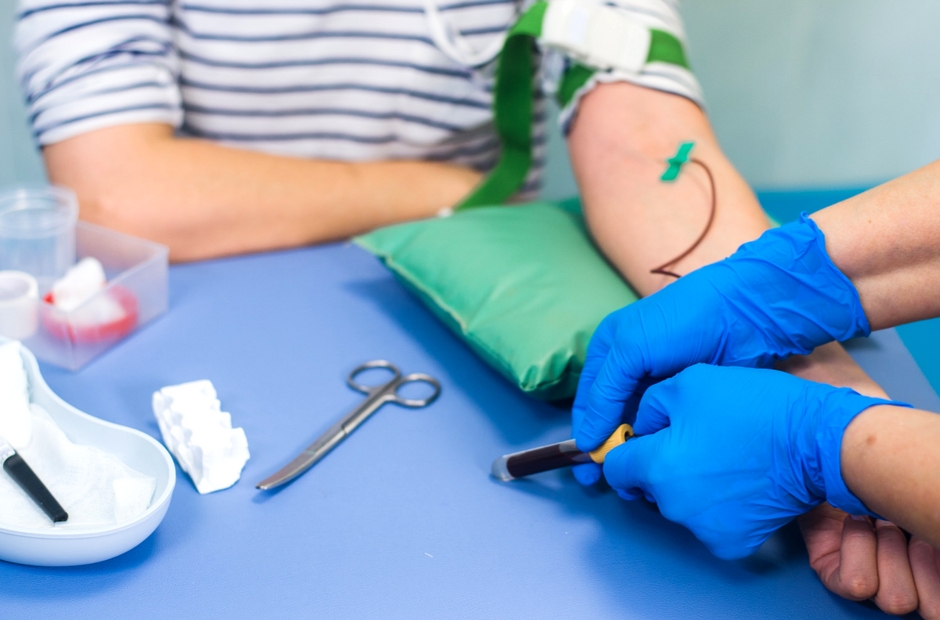Mastering the Drawing Blood Procedure: A Comprehensive guide for Healthcare Professionals
The ability to perform a venipuncture, or blood draw, is an essential skill for healthcare professionals. Mastering the blood drawing procedure not only ensures accurate test results but also maintains patient safety and comfort.This comprehensive guide will equip you with the techniques, safety protocols, and practical tips necessary for mastering the drawing blood procedure.
Understanding the Blood Draw procedure
The drawing blood procedure involves several key steps, from patient preparation to post-draw care. This section breaks down the procedure into manageable parts.
Steps to Drawing Blood
- Preparation: Ensure you have all necessary supplies, including gloves, tourniquets, alcohol swabs, and collection tubes.
- Patient Identification: Confirm the patient’s identity using two identifiers, such as name and date of birth.
- Site Selection: Choose an appropriate vein, usually in the antecubital fossa.
- Cleaning the Site: Use an alcohol swab to clean the puncture site to prevent infection.
- Venipuncture: Insert the needle at a 15-30 degree angle, observing for blood return.
- Sample Collection: Fill the appropriate tubes according to the tests ordered.
- Post-Draw Care: apply pressure to the site and a bandage after withdrawing the needle.
Benefits of Mastering the Blood Drawing Procedure
Mastering the drawing blood procedure offers several advantages for healthcare professionals and patients alike:
- enhanced Patient Safety: Reducing the chances of complications through proper techniques.
- Increased Patient Comfort: Minimizing pain and anxiety associated with blood draws.
- Accurate Test Results: Proper technique leads to fewer hemolysis or contamination issues.
- Boosted Professional Confidence: Mastery builds trust with patients and other healthcare providers.
Practical Tips for Triumphant Blood Draws
here are some practical tips to enhance yoru blood drawing skills:
- Practice on simulators or with experienced professionals before drawing blood on patients.
- Be calm and steady; patients can sense your confidence.
- Communicate effectively with your patient, explaining what will happen.
- Always follow your institution’s protocols for safety and infection control.
Common Challenges and Solutions
Even experienced professionals may encounter challenges during blood draws. Here are some issues and solutions:
- Tough Veins: Use a smaller gauge needle or consider using ultrasound guidance.
- Patient Anxiety: Engage in calming conversation and explain the process in detail.
- Vasovagal reactions: Monitor the patient for signs of fainting and have them lie down.
Case Studies: Learning from Experience
Real-life experiences can provide valuable insights into the blood drawing procedure. Here are two case studies that highlight best practices:
| Case Study | Issue | Outcome |
|---|---|---|
| Case 1 | Patient with rolling veins | Used a butterfly needle; successful draw on first attempt. |
| Case 2 | Patient anxiety due to past experiences | Engaged with the patient through conversation; completed draw without complications. |
First-Hand Experience: A Healthcare Professional’s Perspective
As a healthcare professional,I’ve learned that every blood draw is a unique experience. Once, while working in the emergency department, I encountered a patient with severe anxiety about needles. Taking the time to explain the procedure and letting them squeeze my hand made a important difference.Not only did I successfully draw blood, but I also helped ease their anxiety.Such experiences reinforce the importance of empathy in healthcare.
Conclusion
Mastering the drawing blood procedure is an essential competency for healthcare professionals.By understanding the procedure, applying best practices, and learning from experiences, you can improve the quality of care you provide. Remember, practice makes perfect! continuous learning and empathetic patient interaction will enhance your blood draw skills, ensuring both safety and comfort for patients. Embrace the challenges, and you’ll see not only your skills but also your confidence grow.
